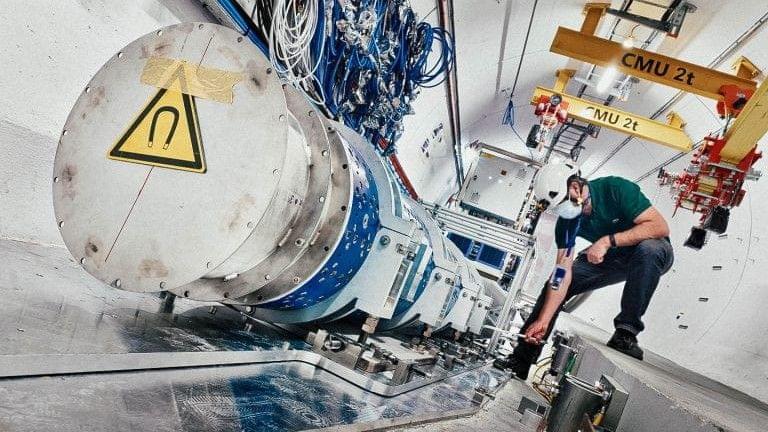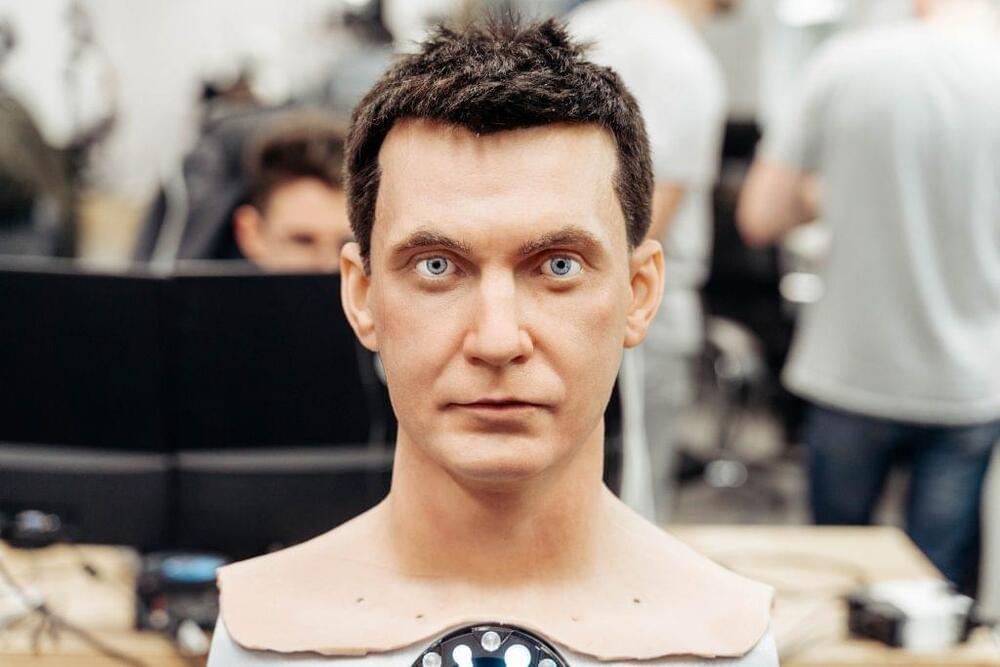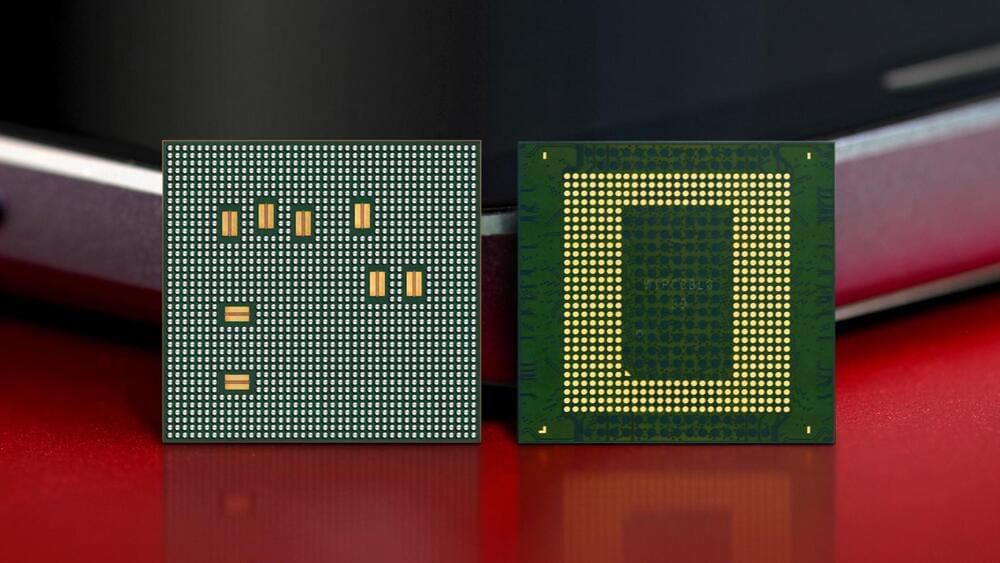It is designed as a platform for AI and human-robot interaction (HRI).
Get the latest international news and world events from around the world.

NASA funds three companies to develop commercial space stations
The agency wants to ensure a smooth transition to commercial flight.
NASA granted over $400 million to three US commercial space companies. This move is a part of a bigger plan to enable low-Earth orbit for commercial stations while NASA slowly transitions LEO from the International Space Station.



Robot Manufacturing Company Ready To Pay Out For A Humanoid Robot Appearance: Applications Is Over
Company received over 20,000 applications, and our client has decided to suspend the request collection. It will take up to 12 month to make the decision. Details: https://promo-bot.ai/media/humanoid_project/ Last week the manufacturer company of Promobot robots was seeking a face for a humanoid robot-assistant which will work in hotels, shopping malls and other crowded places. The company was ready to pay out to somebody willing to transfer the rights to use one’s face forever.
As of Monday, it appears that Promobot has stopped accepting applications for the opportunity. Additionally, further details regarding the project seem to have been removed from their site.
“The Promobot company wants to say thanks to everyone who responded to participation in the project. Today we have received over 20,000 applications and our client has decided to suspend the request collection… Those who didn’t have time to submit an application, please no worries, we are having more projects upcoming. Subscribe to our Instagram and stay tuned.” explained an update on the Promobot website.

OPG chooses BWRX-300 SMR for Darlington new build
Canada’s first commercial Small Modular Reactor (SMR)
Ontario Power Generation (OPG) has selected the BWRX-300 small modular reactor (SMR) for the Darlington new nuclear site, and will work with GE Hitachi Nuclear Energy (GEH) to deploy the reactor. Canada’s first commercial, grid-scale, SMR could be completed as early as 2028.
OPG and GEH will collaborate on SMR engineering, design, planning, preparing licensing and permitting materials, and site preparation activities. Site preparation will begin in the spring of 2022, pending appropriate approvals, OPG said. It aims to apply to the Canadian Nuclear Safety Commission (CNSC) for a construction licence by the end of next year.
Darlington is the only site in Canada currently licensed for new nuclear: OPG was granted a site preparation licence by the CNSC in 2012, after completion of an environmental assessment which included public involvement, but reductions in forecast electricity demand led to a decision to defer plans for new build. OPG last year announced it was resuming planning activities for additional nuclear power generation via an SMR at the site, rather than a large conventional reactor, as previously envisaged. The CNSC recently granted a 10-year renewal to the site preparation licence, which had been due to expire in August 2022.
Understanding Light and Why it exists
A thorough breakdown on the process’ that produce light and lights existence and behavior in nature.
How Many Calories Are Optimal For Health?
Join us on Patreon!
https://www.patreon.com/MichaelLustgartenPhD
Papers referenced int the video:
Joint distribution of lipoprotein cholesterol classes. The Framingham study.
https://pubmed.ncbi.nlm.nih.gov/6573877/
Long-term coronary heart disease risk associated with very-low-density lipoprotein cholesterol in Chinese: the results of a 15-Year Chinese Multi-Provincial Cohort Study (CMCS)
https://pubmed.ncbi.nlm.nih.gov/20223457/
Red blood cell distribution width and cardiovascular diseases.
https://pubmed.ncbi.nlm.nih.gov/26623117/
Red blood cell distribution width is significantly associated with aging and gender.
https://pubmed.ncbi.nlm.nih.gov/24897405/
Red cell distribution width associations with clinical outcomes: A population-based cohort study.
